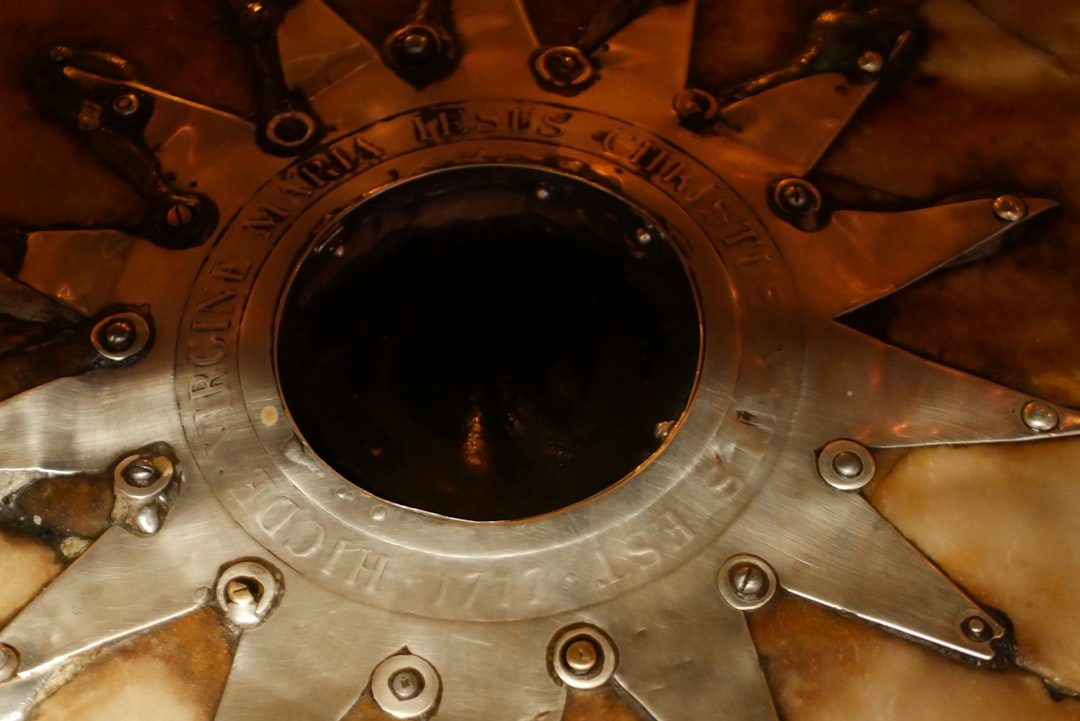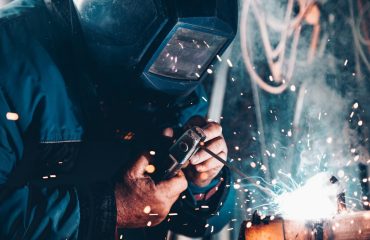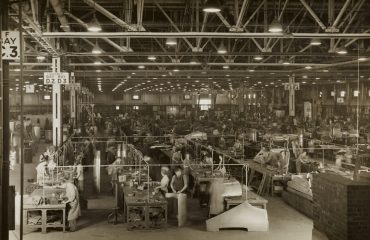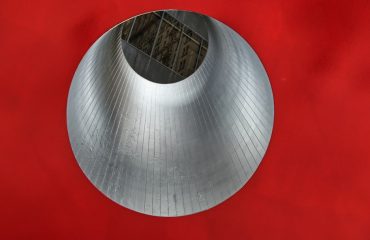Heat treatment is a cornerstone of materials science, offering a powerful means to manipulate the microstructure and consequently, the mechanical properties of metals and alloys. By carefully controlling temperature and time, we can tailor materials to meet specific application demands. This post delves into the intricate relationship between heat treatment processes and the resulting mechanical properties, providing a comprehensive overview for engineers, students, and anyone interested in the fascinating world of materials science.
1. The Fundamentals: Microstructure and Mechanical Properties
The mechanical properties of a material—its strength, hardness, ductility, toughness, and resilience—are intimately linked to its microstructure. The arrangement of grains, phases, and defects within the material dictates its response to applied stress. Heat treatment alters this microstructure by promoting phase transformations, grain growth, or precipitation hardening. For instance, a slowly cooled steel will have large grains, leading to lower strength and hardness compared to a rapidly cooled steel with smaller, more refined grains. Understanding this fundamental relationship is crucial for predicting and controlling the outcome of heat treatment processes.
2. Annealing: Softening and Stress Relief
Annealing is a heat treatment process involving heating a material to a specific temperature, holding it for a period, and then slowly cooling it. This process aims to relieve internal stresses, reduce hardness, improve ductility, and refine the grain structure. Different types of annealing exist, including stress-relief annealing (reducing residual stresses), recrystallization annealing (forming new strain-free grains), and full annealing (improving machinability and ductility). The choice of annealing type depends on the material and the desired outcome. For example, stress-relief annealing is often used after cold working to prevent cracking or distortion.
3. Quenching: Hardening the Material
Quenching involves rapidly cooling a heated material, typically in a liquid medium like oil or water. This rapid cooling prevents the formation of equilibrium phases, trapping high-energy metastable structures. In steels containing carbon, quenching can transform austenite (a high-temperature phase) into martensite, a very hard and brittle phase. The rate of cooling during quenching is critical; insufficient cooling can lead to incomplete transformation and reduced hardness. The choice of quenching medium significantly impacts the cooling rate and the resulting microstructure. Oil quenching is generally slower than water quenching, leading to less brittle but still hard martensite.
4. Tempering: Balancing Hardness and Toughness
Tempering is a crucial follow-up to quenching, particularly for quenched steels. Quenched martensite, while very hard, is also extremely brittle. Tempering involves reheating the quenched material to a lower temperature, allowing for a controlled decomposition of martensite into a more stable, less brittle structure. This process reduces hardness but significantly improves toughness and ductility, making the material more resistant to fracture. The tempering temperature determines the final balance between hardness and toughness. Higher tempering temperatures result in lower hardness and higher toughness.
5. Case Hardening: Surface Modification for Enhanced Wear Resistance
Case hardening is a specialized heat treatment technique that selectively hardens the surface of a component while maintaining a softer, more ductile core. This is achieved by introducing carbon or nitrogen into the surface layer, typically through processes like carburizing (carbon diffusion) or nitriding (nitrogen diffusion). After the diffusion process, the surface is quenched to harden it. Case hardening is particularly useful for components requiring high wear resistance on the surface but also good impact resistance in the core, such as gears, shafts, and camshafts. The depth of the hardened case can be precisely controlled by adjusting the diffusion time and temperature.
In conclusion, heat treatment offers a powerful tool for manipulating the mechanical properties of materials. By understanding the intricate relationships between temperature, time, microstructure, and mechanical properties, engineers can design and fabricate components with precisely tailored characteristics to meet diverse and demanding applications. The choice of heat treatment process depends heavily on the material being treated, the desired properties, and the intended application.
SEO-Friendly Tags:
- Heat Treatment
- Mechanical Properties of Metals
- Annealing Processes
- Quenching and Tempering
- Case Hardening Techniques




